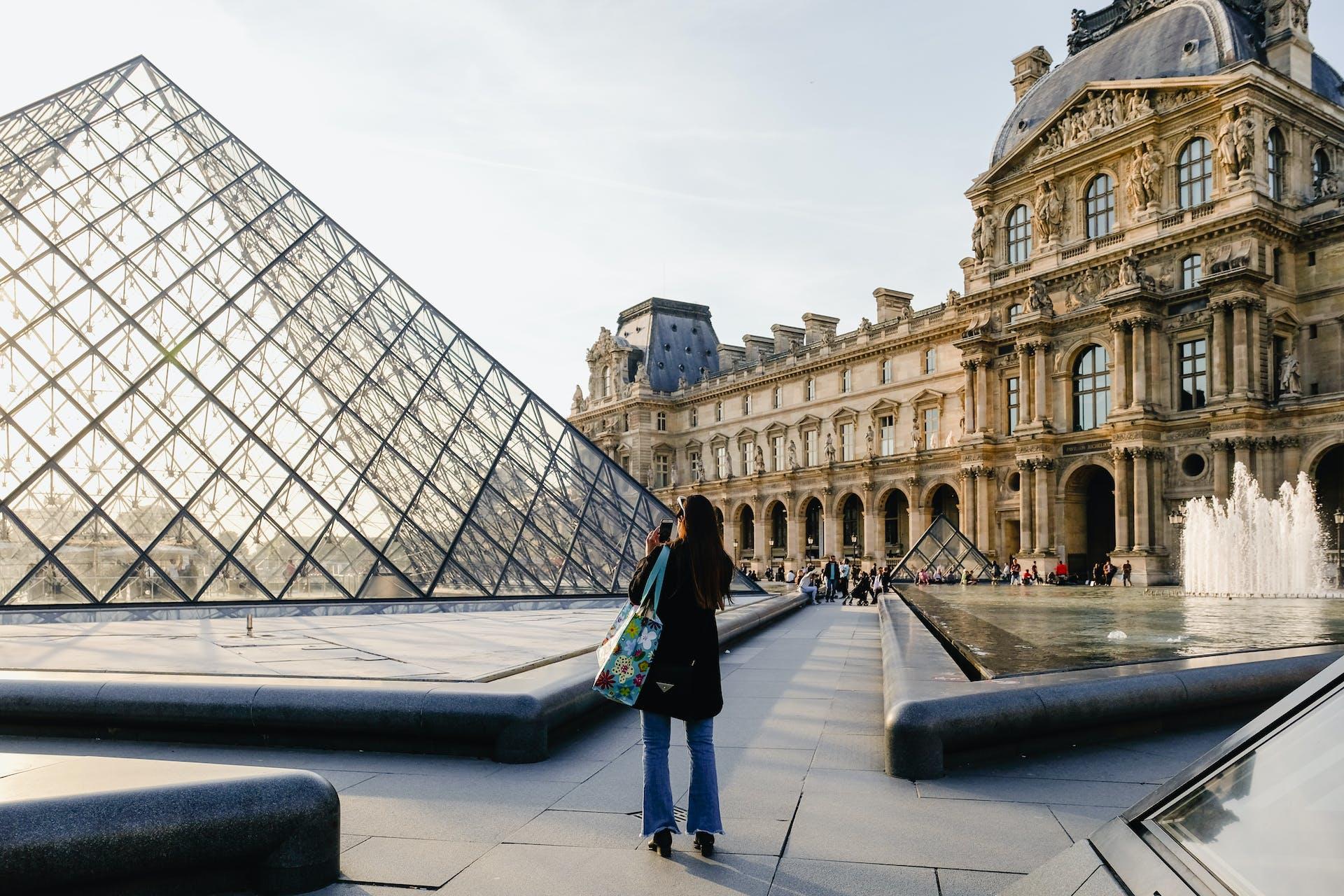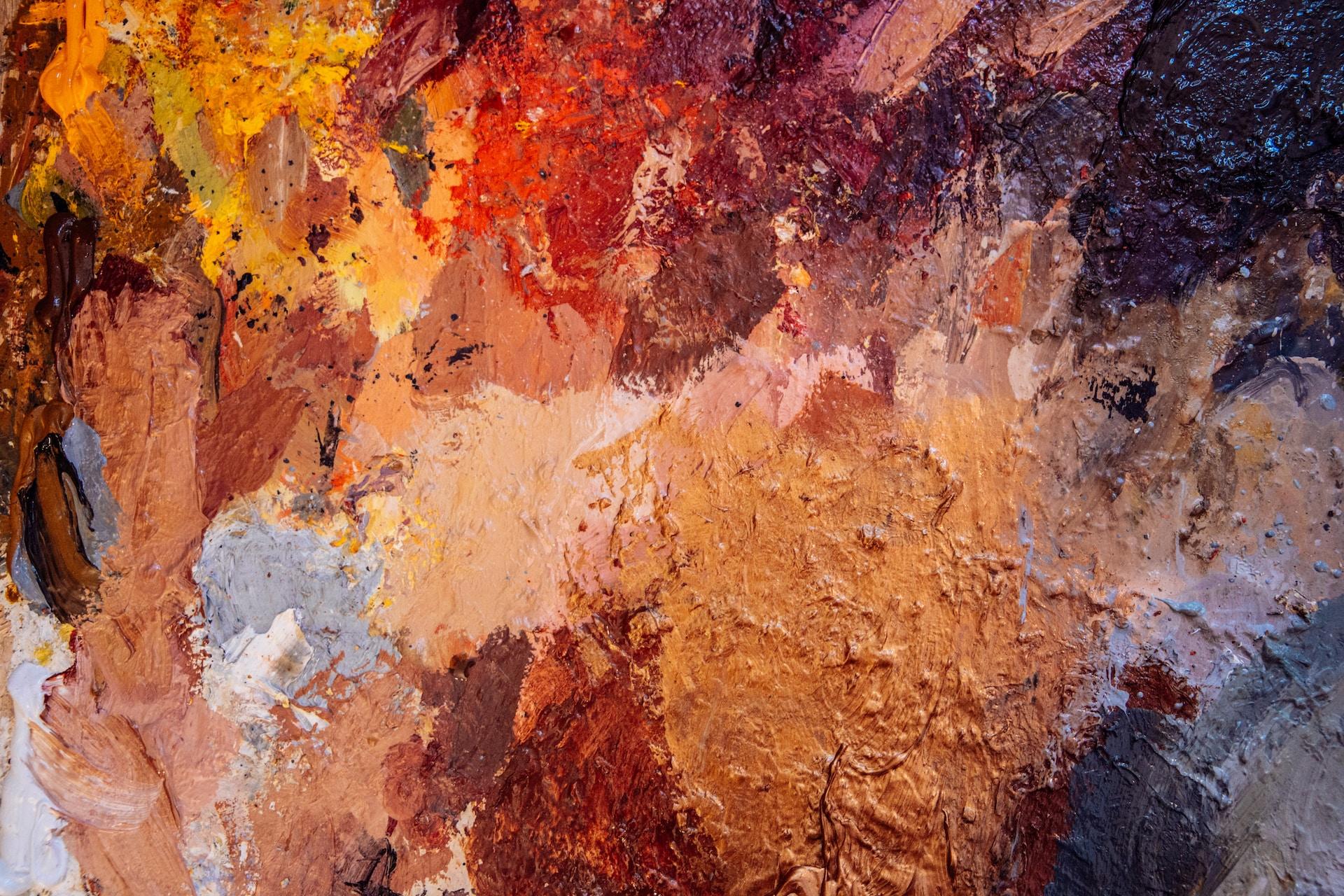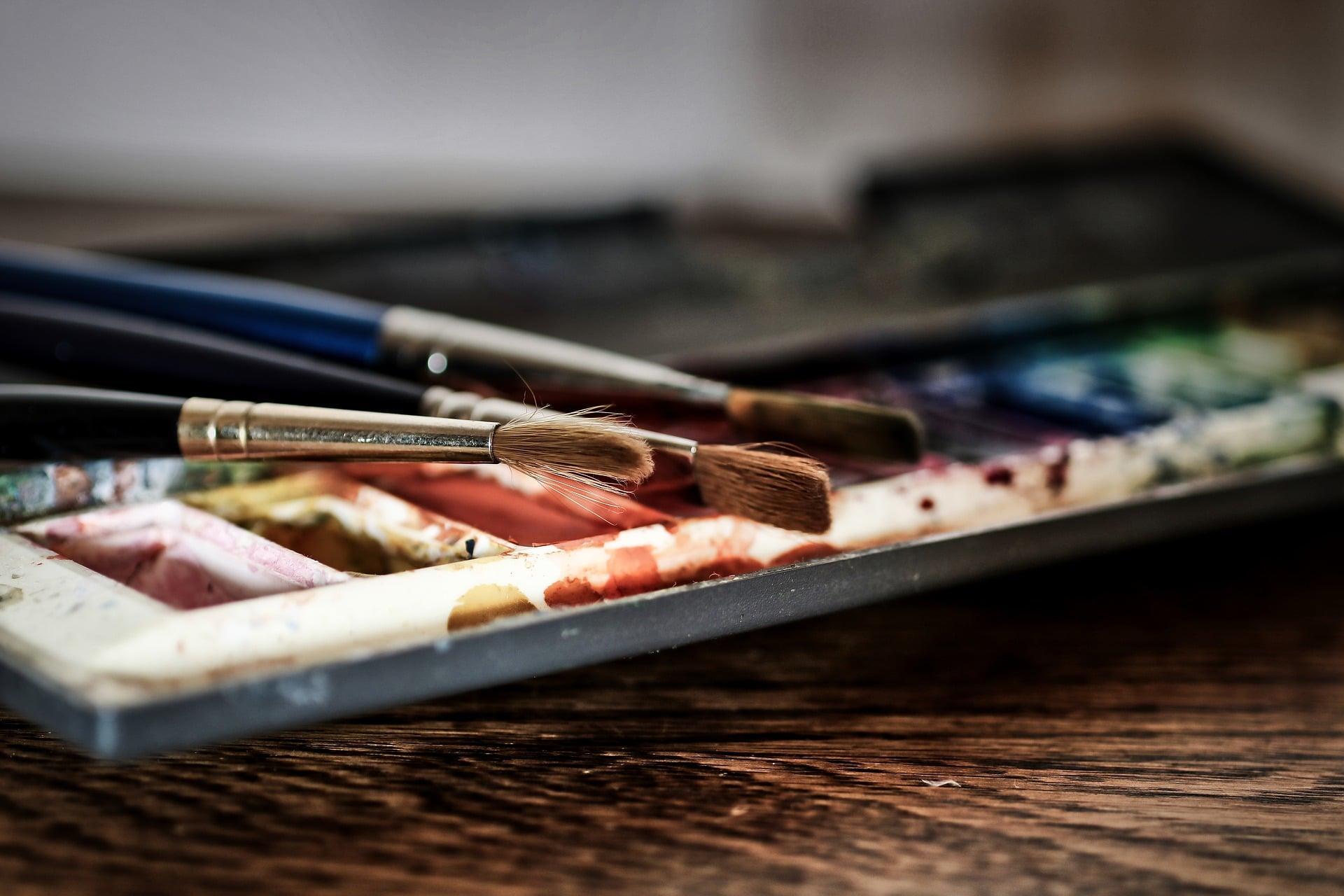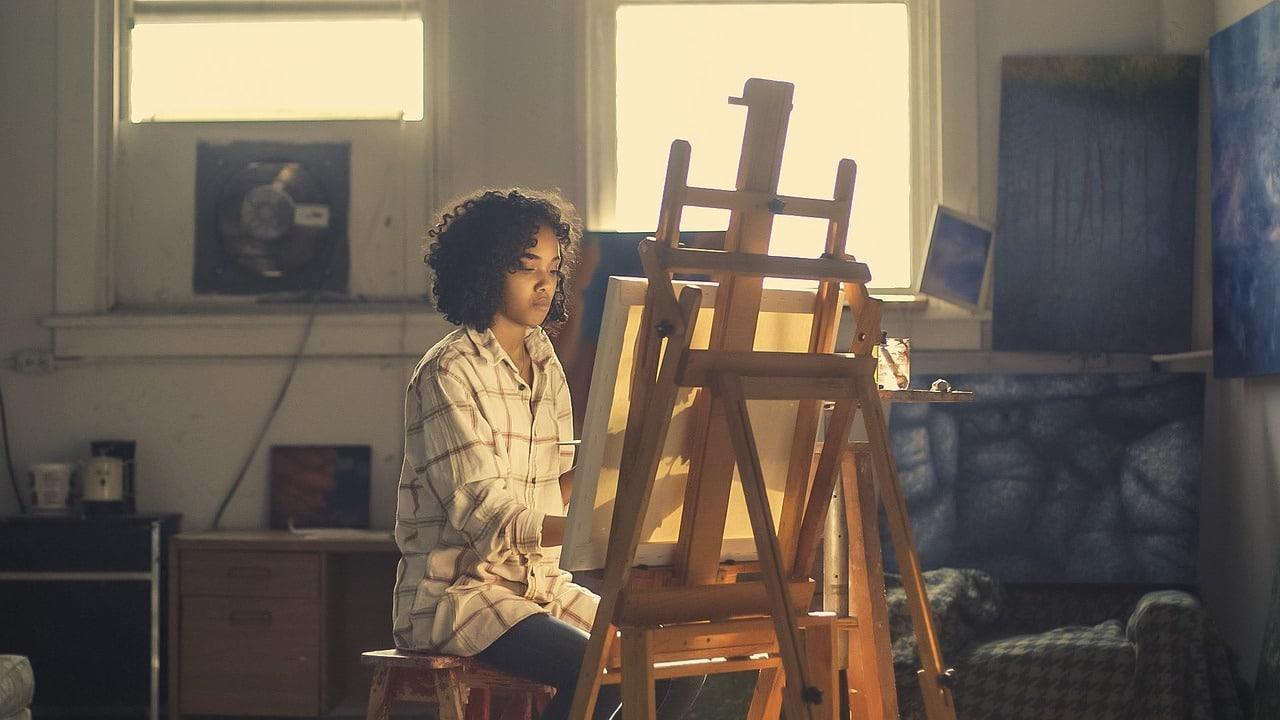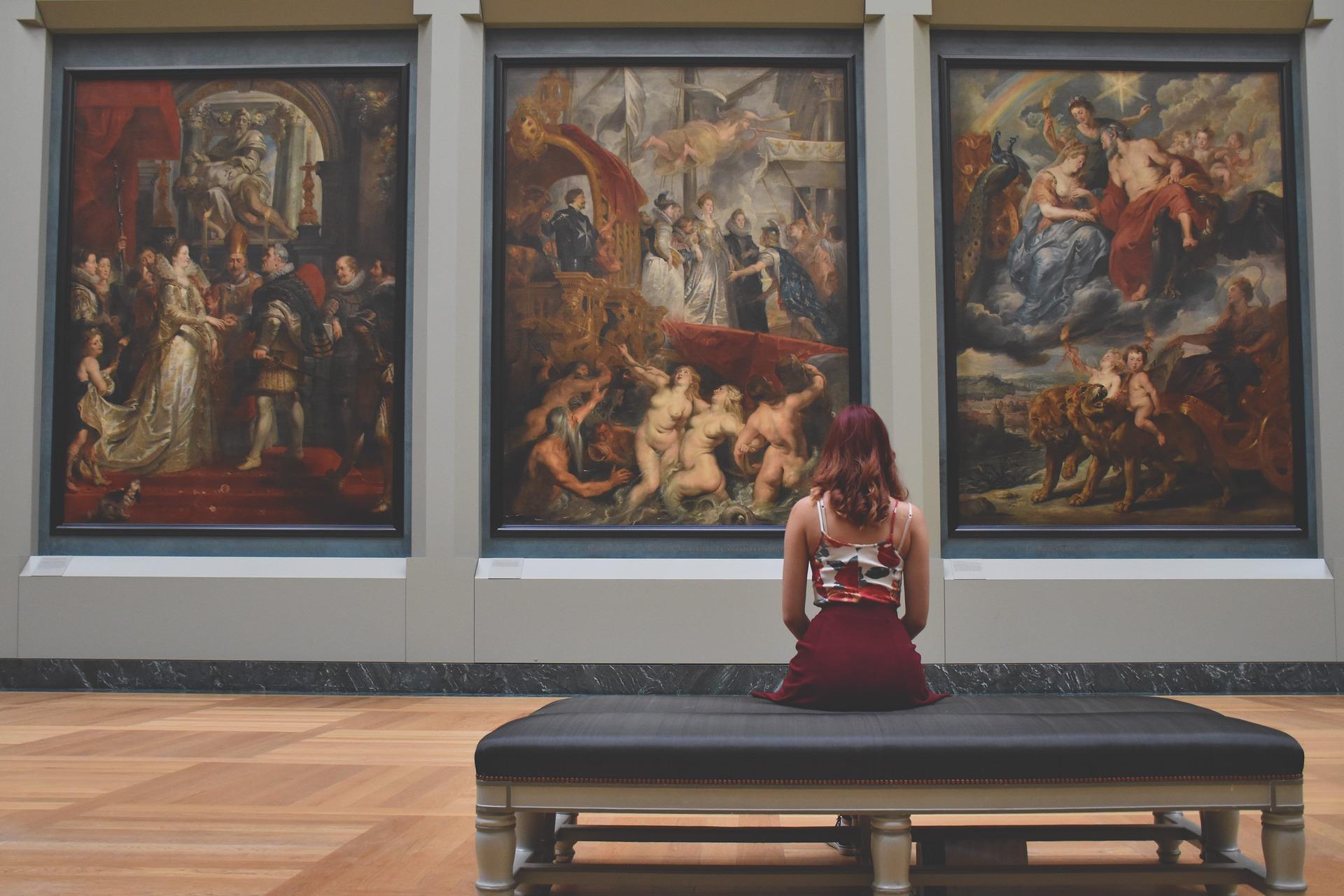So many artists and specific works of art throughout human history have been hugely impactful in political movements, social movements, and future art movements.
There are thousands of examples of ancient art all over the world. And that’s only the artefacts and antiques that survived that we know about! Paintings in particular can be delicate, which is why they need such special care when being displayed. There must be countless paintings lost to things like flood, fire, and simple aging throughout history.
So let’s talk about the impact of the paintings we do know, what impact they had on the world, and the artists who made them!

Guernica, by Pablo Picasso
We all know that Art is not truth. Art is a lie that makes us realize truth. Pablo Picasso
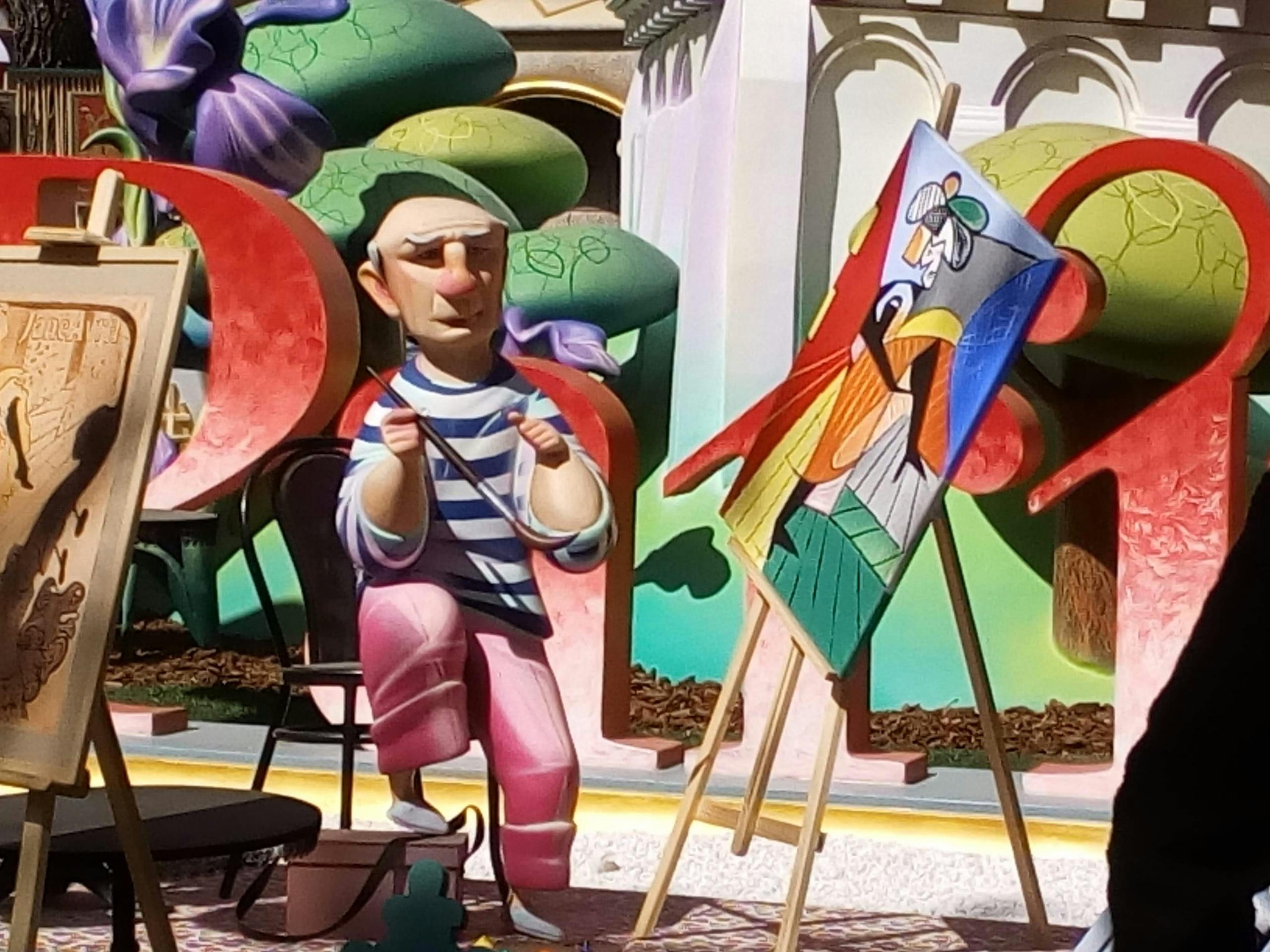
Born in 1881 into a middle-class family in Malaga, Spain, little Pablo was immediately drawn to the arts (pun intended). His father was a museum curator, a painter of wildlife and landscape art, and a professor teaching drawing at the Malaga School of Fine Art. He was later a curator at the Coruña Museum of Fine Arts, and then a professor at the School of Fine Arts: La Lonja in Barcelona.
In 1907, Picasso was influenced heavily by African art and sculpture. He combined this style with Cubism to create works like Les Demoiselles d'Avignon. His style then evolved into Synthetic Cubism and collage. After WWI, he returned to Neoclassicism and Surrealist style, rather than the sublimely abstract style he is still most renowned for.
The Birth of Guernica
In 1937, the Spanish Nationalist faction, in conjunction with the Nazi German Luftwaffe and the Fascist Italian Aviazione Legionaria, cruelly bombed a town called Guernica in Picasso’s homeland, Spain.
This brutal air attack caused between 156 and 1,654 civilian deaths and at least 889 injuries, but nobody is sure of the true numbers.
Moved by the atrocities of the attack and the casualties, Picasso painted “the most moving and powerful anti-war painting in history”: Guernica. A painting like this had been commissioned by the Spanish Republican government, but Picasso didn’t find the inspiration for any type of political work until after the attack on Guernica.
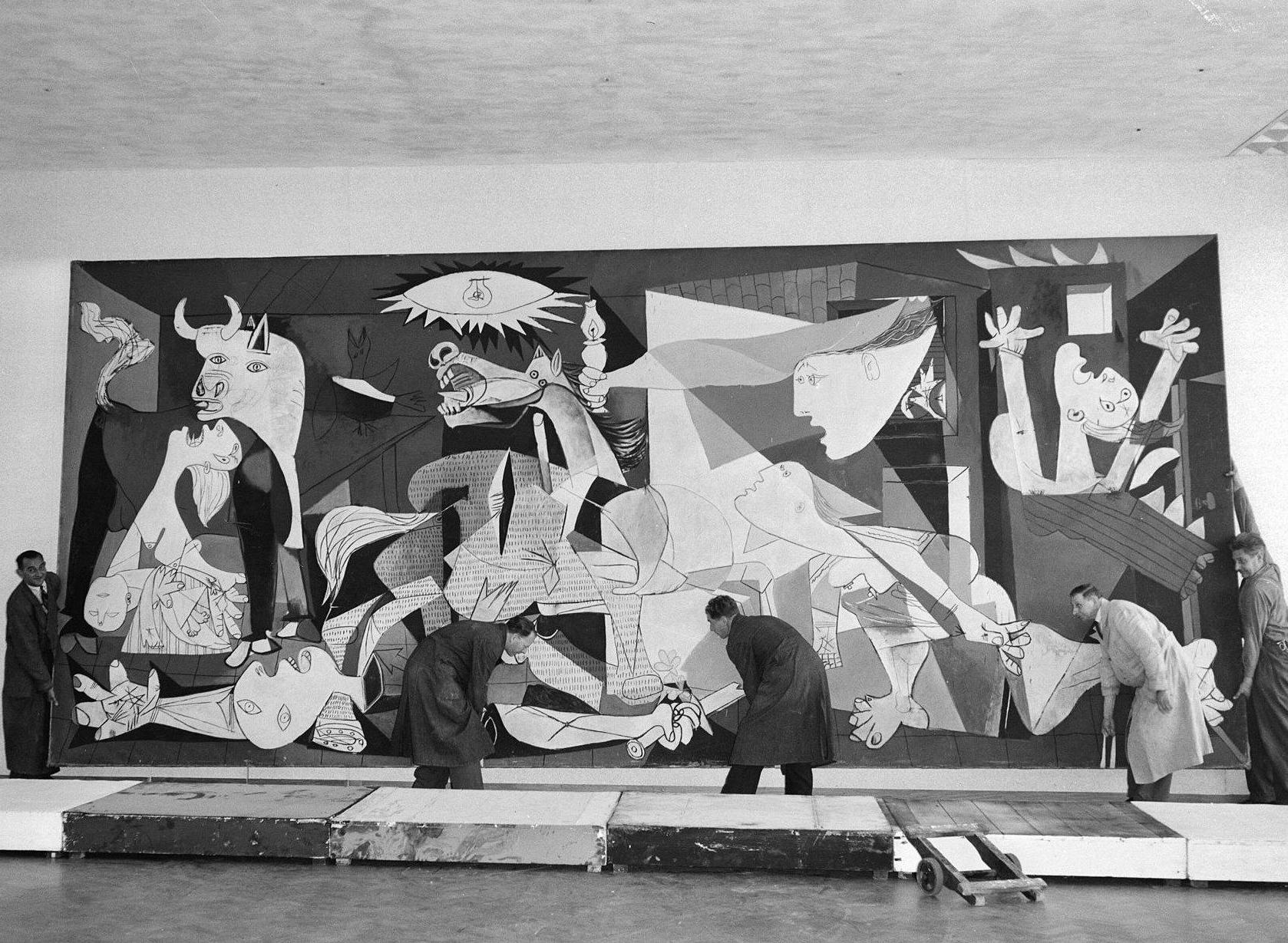
The painting - which Picasso expeditiously finished in just 35 days - was not immediately understood by audiences: it’s black and white, abstract, and doesn’t directly mention Guernica or the dangers of fascism. Over time and exposure, people began to understand the allegory and symbolism in the work.
It has since become a timeless symbol of the destruction and suffering caused by war, and thus, a warning and reminder to humanity to choose peace instead. To this day, the visceral imagery and emotions evoked by the bent and broken bodies in the painting stand as an eternal message: end war.
Starry Night, by Vincent van Gogh
I want to touch people with my art. I want them to say 'he feels deeply, he feels tenderly'. Vincent Van Gogh
One of van Gogh's self-portraits. The only known photograph of him is from his school days.
Born in 1853 to a family full of art dealers, Vincent’s mother encouraged him to start drawing at a young age. He enjoyed the experience of making art rather than mastering techniques; van Gogh’s works didn’t ascribe to the “acceptable” techniques at the time. For this reason, he would find rejection for his art for his entire life.
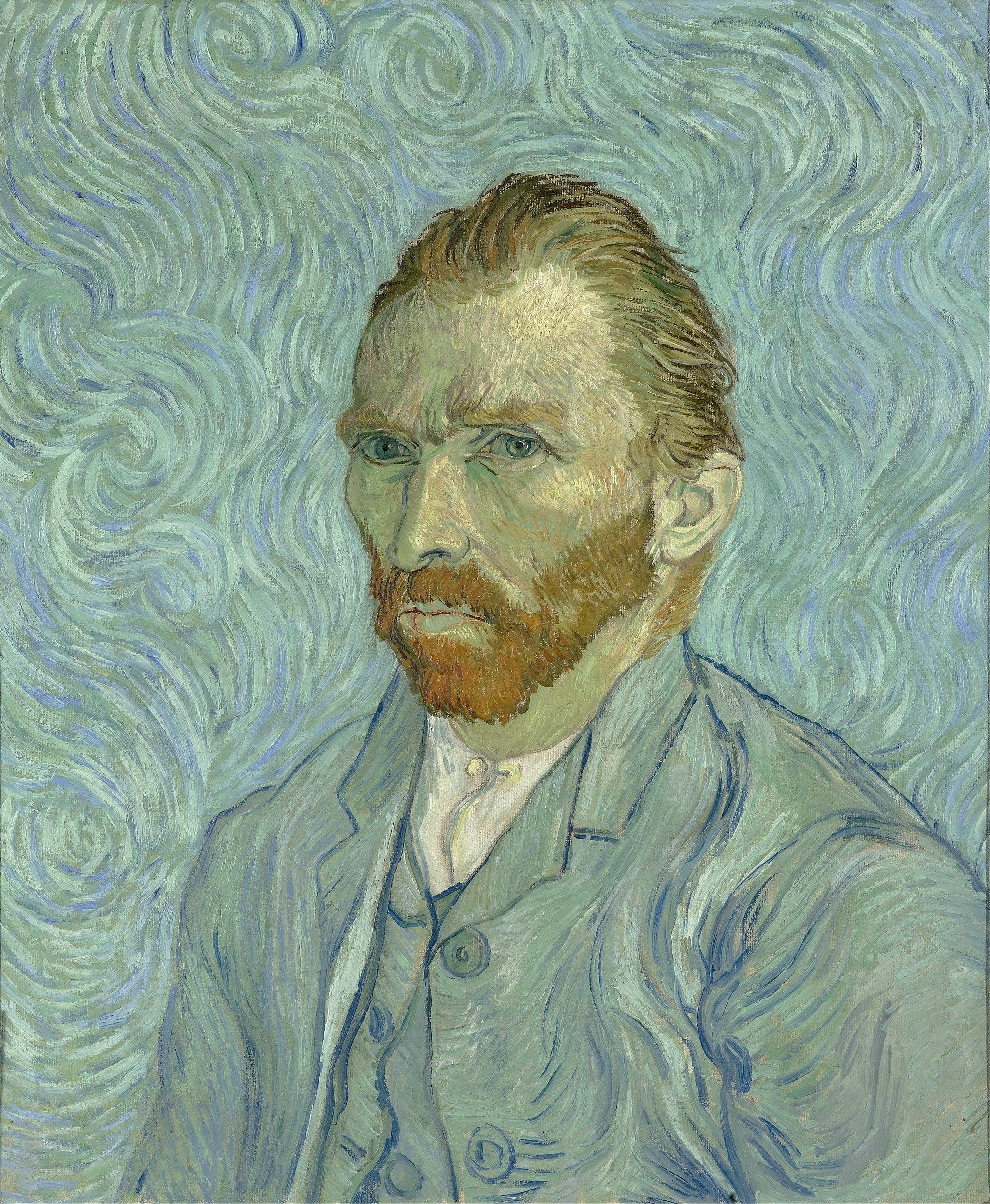
Throughout Vincent’s childhood, he exhibited signs of mental illness which followed him into adulthood.
Even though he started relatively successful as an art dealer, Van Gogh later became consistently poor and didn’t take care of his health. He lived in meagre conditions. If he had money, he would spend it on his vices or art supplies.
Simultaneously, he was hyper-fixated on capturing the amazement of the world around him. The last 10 years of Vincent van Gogh’s life were nothing if not productive: he created more than 900 canvases.
Vincent’s lifelong struggle was for mere acceptance. He only ever sold one painting in his lifetime. In the end, he was too miserable to continue and resolved to end his own life in 1890 at age 37.
His Lasting Impressions
So how could someone who struggled so much, who was destitute for the majority of his life, who was rejected by his contemporaries, whose art was thought to be generally bad at the time, and who didn’t paint any world-changing things become one of the most famous painters in history?
The key lies in van Gogh’s passion. People of the time may not have been able to comprehend and appreciate van Gogh’s work; you could say he truly was “before his time.” Now, his works are enjoyed en masse all over the world for their colour, perspective, expressive brushstrokes, and pure passion. Every element of all of his works has been thoroughly and fantastically observed and analysed by fans.
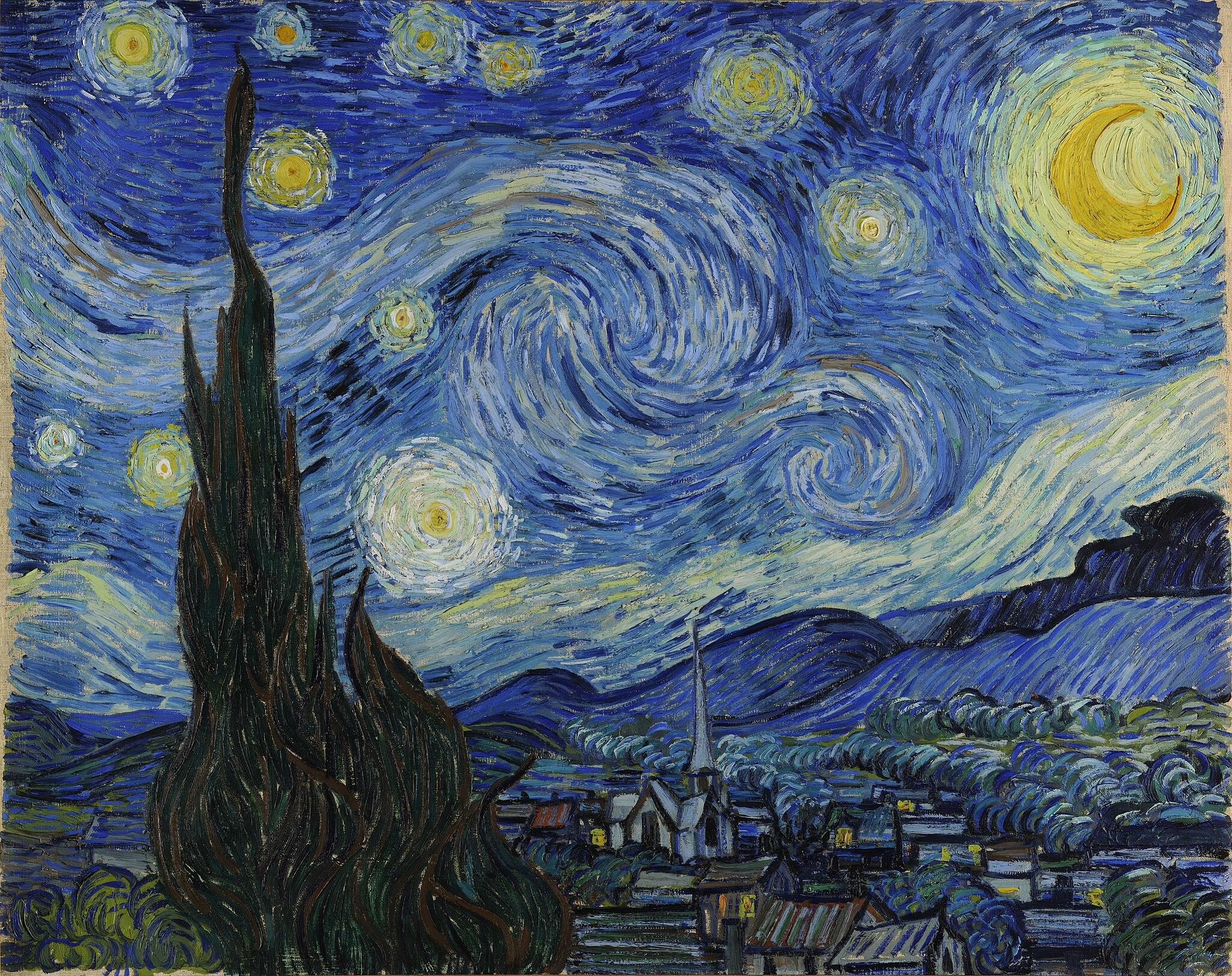
His works have inspired countless people to express themselves, leading to an exponentially large web of artists across time. He was inspiringly passionate about capturing all the elements of the world; the seen and unseen. Starry Night is the perfect example of the beauty that swirled inside van Gogh’s complex mind.
At present I absolutely want to paint a starry sky. It often seems to me that night is still more richly coloured than the day; having hues of the most intense violets, blues and greens. If only you pay attention to it you will see that certain stars are lemon-yellow, others pink or a green, blue and forget-me-not brilliance. And without my expatiating on this theme it is obvious that putting little white dots on the blue-black is not enough to paint a starry sky. Vincent van Gogh

Mona Lisa, by Leonardo Da Vinci
Art is never finished, only abandoned. Leonardo da Vinci
Mona Lisa is the most well-known painting in the entire world.
For this reason alone, it can be considered world-changing. But, the man behind the painting was much more than just a portraitist, and the painting is more than mysterious just on the surface.
Da Vinci was born to unmarried parents in 1452 near the town of Vinci (from where he gets his surname). Fortunately, he was not treated extremely poorly like you’d expect illegitimate children to be at the time. Instead, he was taught rudimentary Italian and maths by tutors and when it was obvious that he had a hard time paying attention in school, he was allowed to explore outside instead and nourish his curious mind.
Famous painter, anatomist, architect, astronomer, botanist, cartographer, engineer, geologist, hydrodynamicist, mathematician, musician, theatre producer, scientist, inventor, sculptor, illustrator... what couldn't da Vinci do?
He began his artistic pursuits young and when he was just 14 he became an assistant to one of the greatest Italian Renaissance artists of the time, Andrea del Verrocchio.
Because da Vinci was pulled in so many directions by his interests, he left much of his work unfinished (abandoned). And, since he painted them so long ago, many of the works he did finish have been lost to time. Today, there are only 24 known, completed da Vinci paintings. He died in 1519.
"Mona Lisa Smile"
Mona Lisa was a commission Da Vinci received in 1503. The portrait is thought to be of Lisa del Giocondo and was commissioned by her husband, Francesco di Bartolomeo del Giocondo, a moderately successful silk and cloth merchant.
Da Vinci fixated on this painting for the rest of his life; it’s the last painting he ever did, and even though it was likely “finished” in 1506, he kept working on it until perhaps 1517, creating between 20 and 40 layers of paint. The painting never made it to the Giocondo’s home.
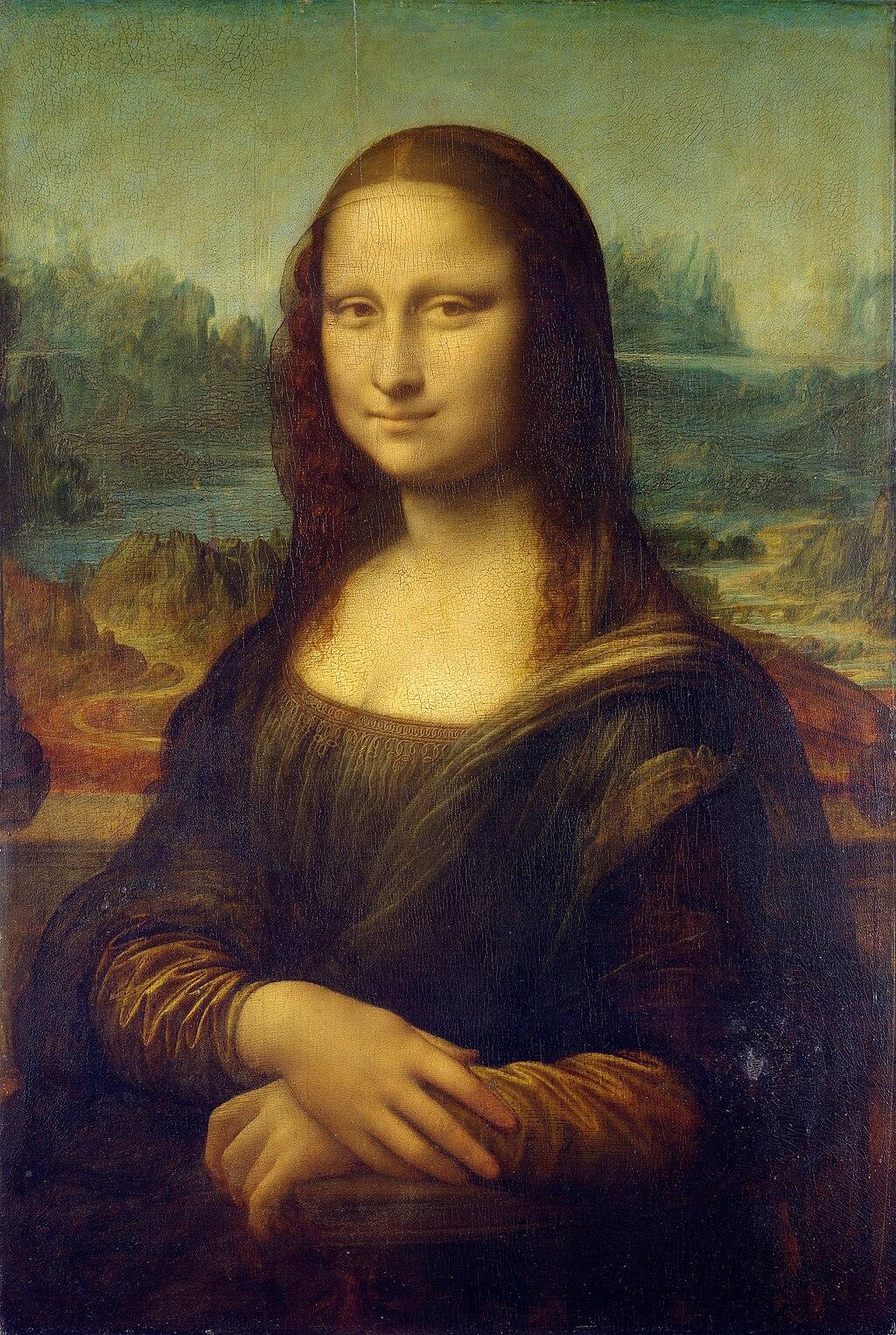
Mona Lisa continues to capture viewers today.
At the time, Mona Lisa was recognized as having an enormous impact on the Italian Renaissance and subsequent portraiture through time.
How did this portrait become the most recognisable painting, the most parodied work of art, and the most expensive and valuable painting in the world?
While the importance of the Mona Lisa was acknowledged, the weight of that importance became lost to the public. That was, until 1911 when it was stolen from the Louvre in Paris. The painting was so unimportant at that time, that it took an entire day for people to even realize it had gone missing.
This heist stirred up the public interest. It was a sensational news story! The history of the artwork was reiterated by news outlets as they capitalised on all the attention.
After two years, the painting was recovered, which only solidified the painting as an exciting and dramatic part of current history. That fascination with the painting and da Vinci has lived on in the world since the heist. At this rate, it seems attention towards Mona Lisa won’t wane again for another 400 years or so.
Blue Nude, by Henri Matisse
Drawing is like making an expressive gesture with the advantage of permanence. Henri Matisse
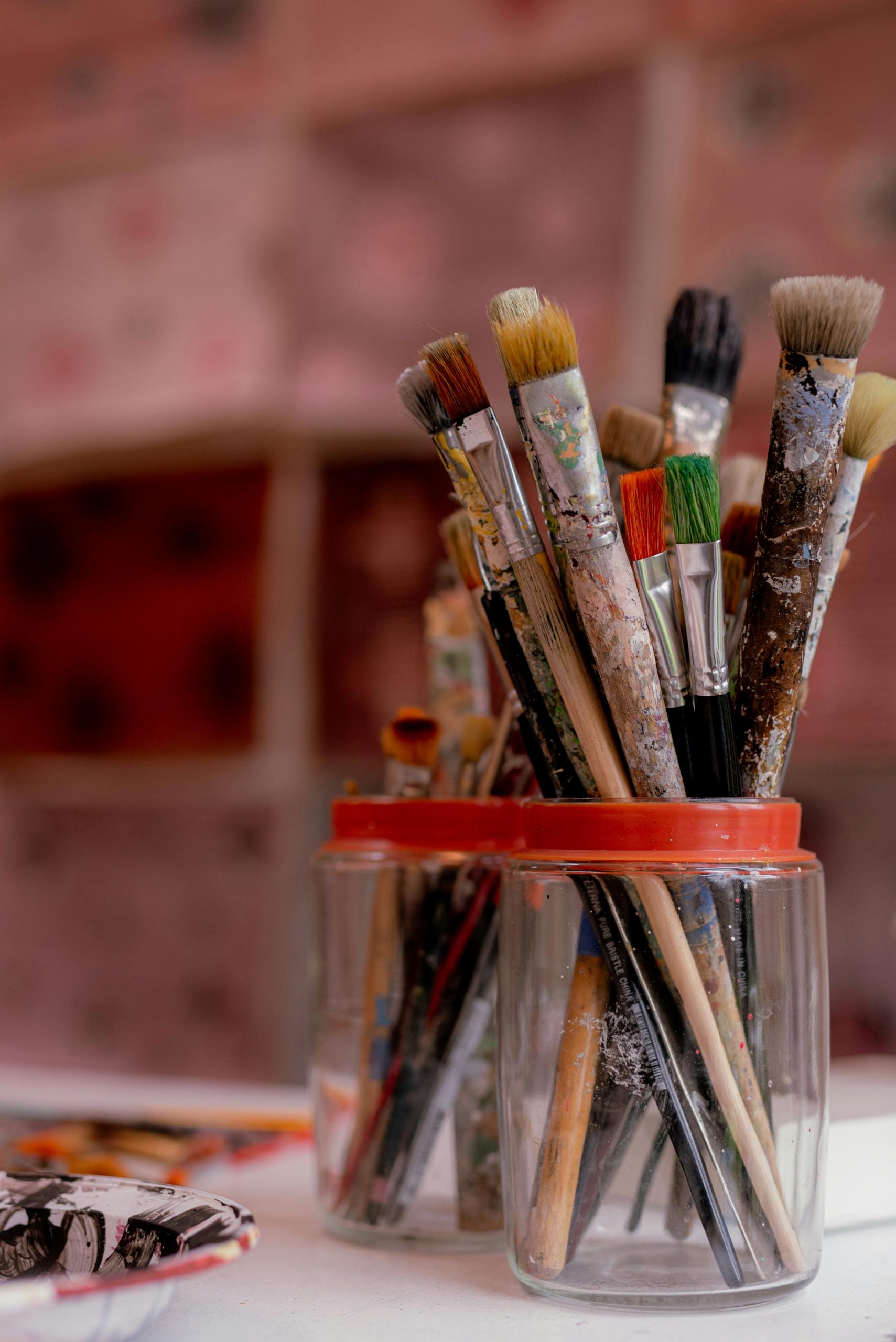
Matisse was born in 1869 in Bohain-en-Vermandois in northern France. He was originally working in a law office as a young professional, but he took drawing classes in the mornings before work. After a bout with an illness that gave him more time to paint, he was hooked on art.
Matisse moved to Paris in 1891 for artistic training, learning about the Old Masters but also about contemporary artists like van Gogh and Cézanne. Matisse, Picasso, and Cézanne were all active at the same time (with Cézanne being quite a bit older than the other two). Picasso and Matisse were huge fans of Cézanne, and thus (after their introduction) they became natural frenemies, both pushing the other to new heights and criticising one another relentlessly.
Matisse developed his style over the years before finding himself painting in the Fauvism (“wild beast”) style that was marked by loud colours and bold lines.
In his old age, Matisse was still able to work on some artworks and even managed the designs of murals and stained glass to be installed in the construction of the Chapel of the Rosary in Vence. He died of a heart attack in 1954 at the age of 84.
How Blue Nude Sparked Two Artists’ Creativity
Blue Nude (Souvenir de Biskra) is the painting that got Picasso to take a serious interest in Matisse as a peer, and it’s theorised that Picasso created several artworks (such as Les Demoiselles d'Avignon, which received heavy criticism as well) in direct response to Blue Nude and Matisse’s previous works.
At its premiere in Paris in 1907, Blue Nude offended and stirred up the Paris art scene so much because the figure was considered masculine, too distorted, and people couldn’t tell what ethnicity the subject was. It was too different from other art at the time, causing it to be a very inflammatory and divisive work; the public hated it, but other artists seemed fascinated by it.
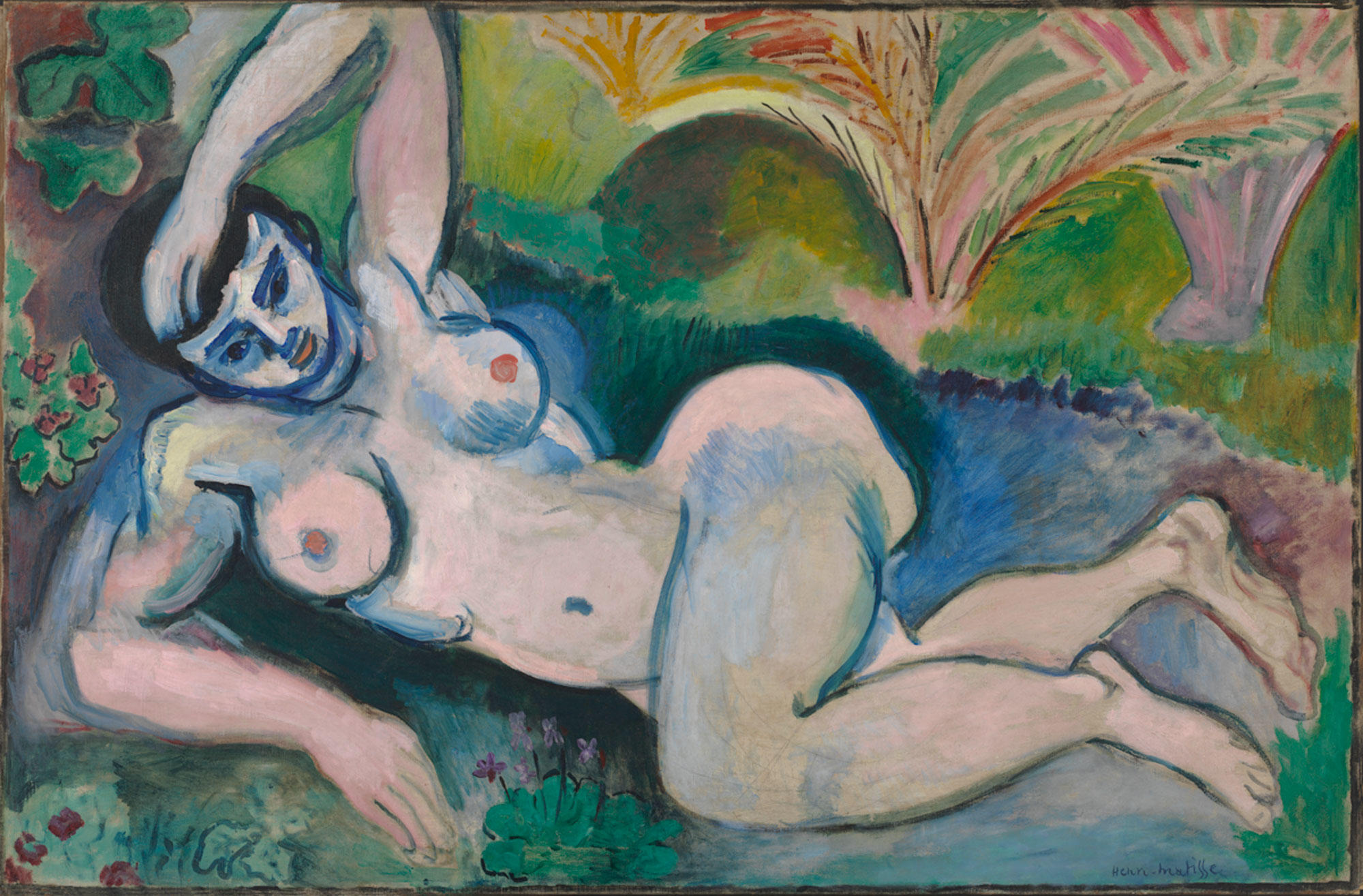
A few years later in 1913, the painting made its way to the Armory Show in NYC (then Chicago and Boston). To American audiences, the painting was even more grotesque. Artists and art students in the States hated the painting so much that they burned effigies of it.
Everyone agreed that the painting was too “fauve” and too unappealing, making it offensive to the eyes and sensibilities. So why was Blue Nude then a pivotal work of art?
It sparked a healthy competition between Picasso and Matisse as they each brought different elements of Cézanne’s work into their own styles, resulting in many other radical and important paintings of the time. Blue Nude shook something in Picasso that made him reconsider his style and outlook on art, drastically propelling him into his Cubism phase.
In this back-and-forth painting volley between Picasso and Matisse, many paintings were created that are still recognized as monumental today.
The Card Players, by Paul Cézanne
A work of art which did not begin in emotion is not art. Paul Cézanne
A member of the Post-Impressionist movement, Cézanne paved the way for artists after him to be open to, experiment with, and be accepted for new forms of painting and art. It opened up the possibility for Cubism and Abstract art to be considered by the public, making it possible for artists like Picasso and Matisse to find inspiration and success.
Cézanne was born in 1839 in southern France. His father was a well-to-do banker and the family was rather wealthy. Because of this financial stability, Cézanne went to a good school and explored the arts without worrying about his future.
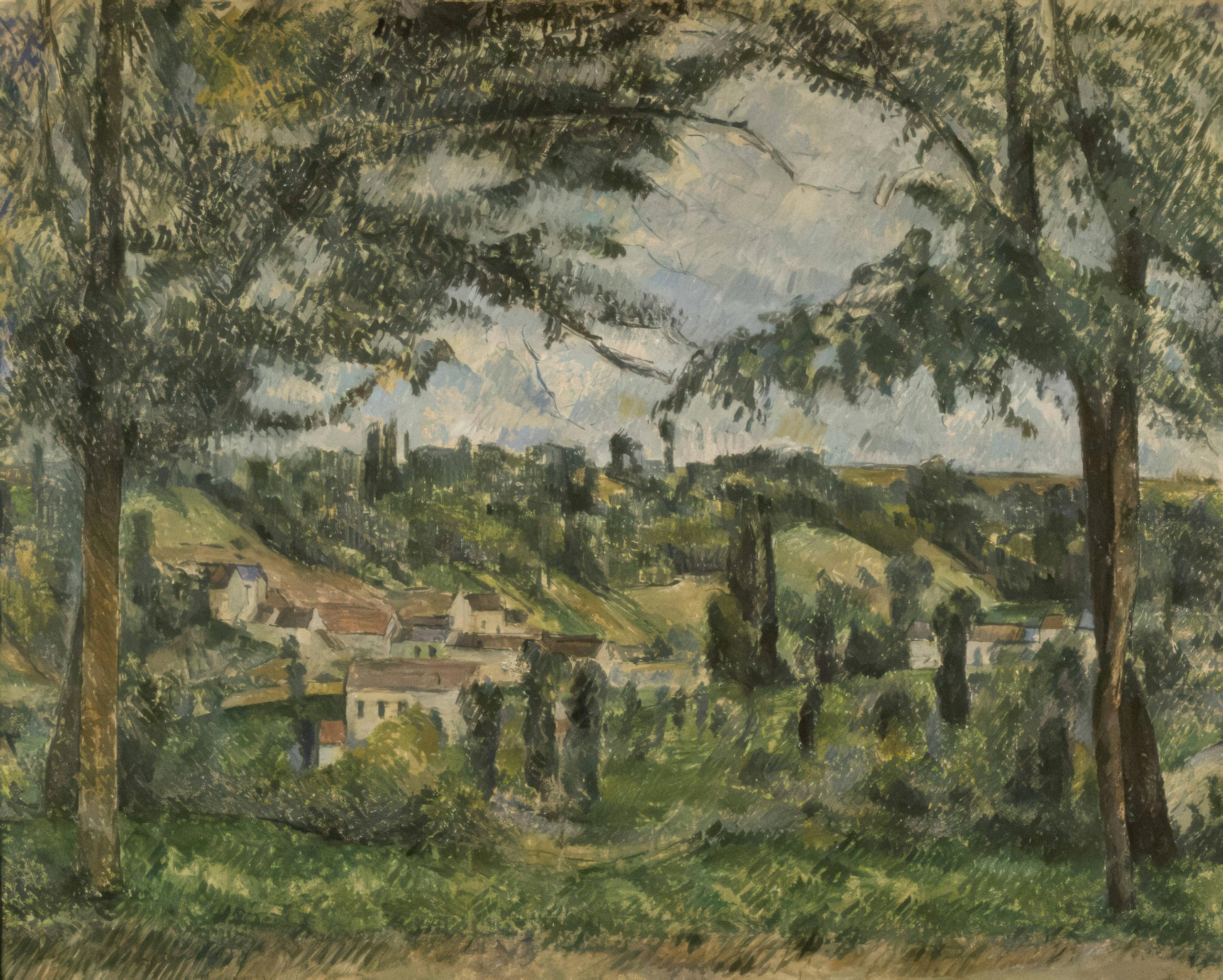
He tried his hand at law school to become a banker and inherit the family business as his father wished, but he simply hated the subject and chose to pursue art instead. After moving to Paris for artistic development, Cézanne received continued financial security from his father even though he was unhappy with Paul's decision.
Despite a few blows to his artistic ego (like being rejected from the École des Beaux-Arts twice), Cézanne attended the Académie Suisse twice and learned Realism. During this time, he even got to know other influential artists, like Claude Monet.
Even still, Cézanne continued to struggle to find acceptance for his works throughout his life and was considered a failure by his childhood friend, Émile Zola. While Cézanne was loved by fellow artists (like Picasso, Matisse, and Monet), the public didn't care for his style. Thankfully, he also had the support of Ambroise Vollard, a prominent art dealer and patron of avant-garde artists in Paris to help him stay motivated.
Cézanne didn't gain recognition until the final decade of his life. He died in 1906 from pneumonia after painting outdoors during a storm.
The Card Players Series' Successful Gamble
The Card Players is a series of paintings all depicting common folk having a simple game of cards at a table. It was pivotal at the time because typically, paintings of card-players always showed raucous, drunken people having a ridiculous game. Cézanne's paintings showed a more accurate glimpse into real life: a quiet game played between tradesmen, not even betting any money, and having barely any drink between them. In a way, these paintings are human still-life.
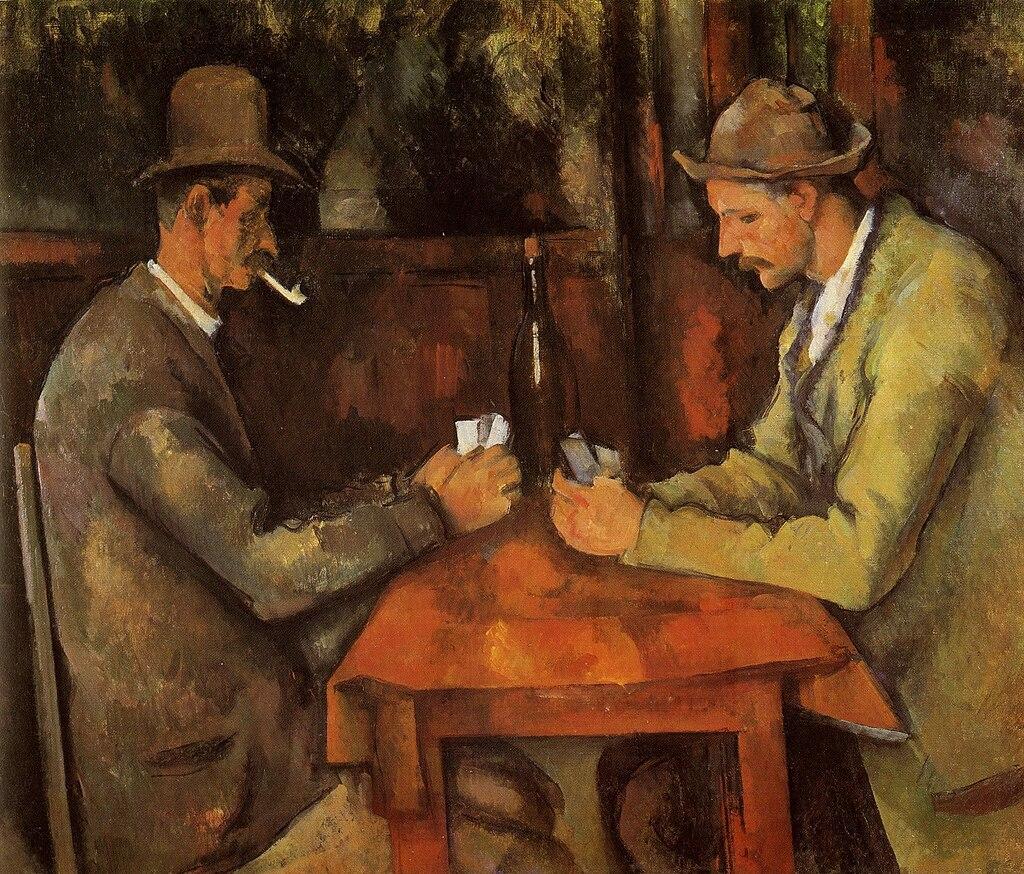
The paintings were monumental because they differed from the norm, not because they were breaking the art sphere. They also made the public consider his other works, whereas before, they were largely ignored or unliked.
When Cézanne's entire body of work became contextualised and integrated into the art movements of the time, it created a bridge for other artists like Picasso and Matisse to cross to even more dramatic and unusual artistic styles. Effectively, it opened up the door for further artistic evolution and revolution.
Impression, Sunrise, By Claude Monet
Try to forget what objects you have before you - a tree, a house, a field, or whatever. Merely think, 'Here is a little square of blue, here an oblong of pink, here a streak of yellow,' and paint it just as it looks to you, the exact color and shape, until it gives you your own impression of the scene before you. Claude Monet
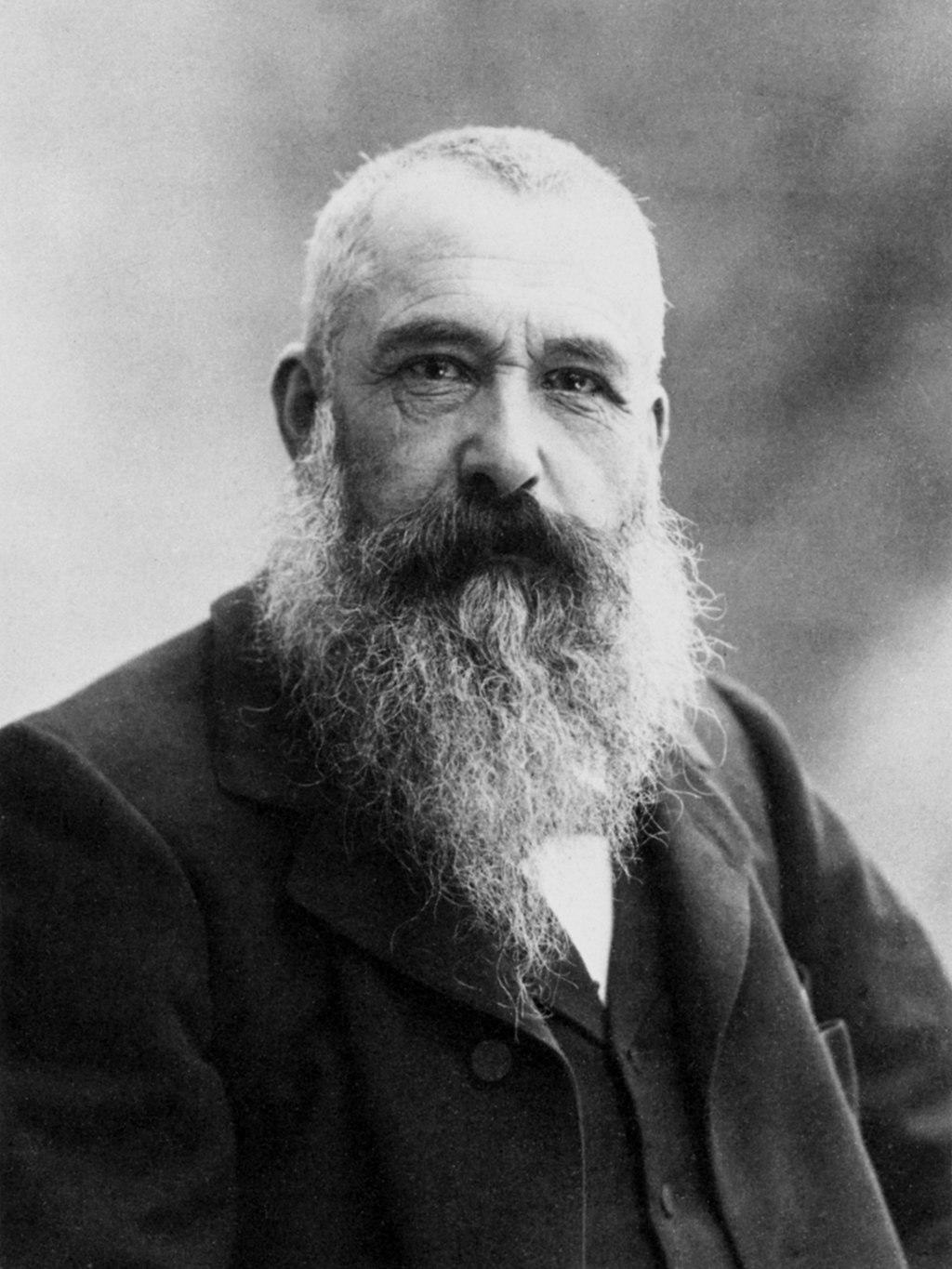
Born in 1840 in Paris, Monet’s family moved to Normandy in his youth and so he was raised there in the port city of Le Havre.
His father was a merchant and wanted Monet to follow in his footsteps. But, Monet had loved drawing and art from a very young age and wanted to become an artist. His mother, a singer, supported his ambitions.
At just 11 years old, Monet began drawing and selling charcoal caricatures around town. In 1857, Monet was being taught by Jacques-François Ochard and then met Eugène Boudin, who became his mentor.
Monet’s mother died when he was just 16, causing him a long period of grief. Regardless, he continued his artistic studies at the Académie Suisse in Paris. During his various artistic studies, he met many other well-known artists - peers - in Paris, like Pissaro, Johan Barthold Jongkind, Renoir, Manet, and Bazille.
In between studies, in 1861, Monet was drafted into the Algerian war. He could have purchased an exemption from the draft, but his father refused to give him the money unless he gave up painting. Needless to say, Monet went to war.
While there, he was rather inspired by the change of environment and scenery, but utterly unsuited to be a soldier. Eventually, he developed typhoid fever and was sent home for treatment. His aunt, Marie-Jeanne Lecadre, then paid off the rest of his military service so he could return to art.
The rest of Monet’s life was full of ups and downs, times of richness and poorness, of happiness and great sadness.
In the end, he was a prolific painter and finally passed away in 1926.
Impression, Sunrise Shines a Light on a New Artistic Movement
Water Lillies is, of course, Monet’s most famous painting series; but his most significant was Impression, Sunrise.
It was the painting that launched a new movement: Impressionism.
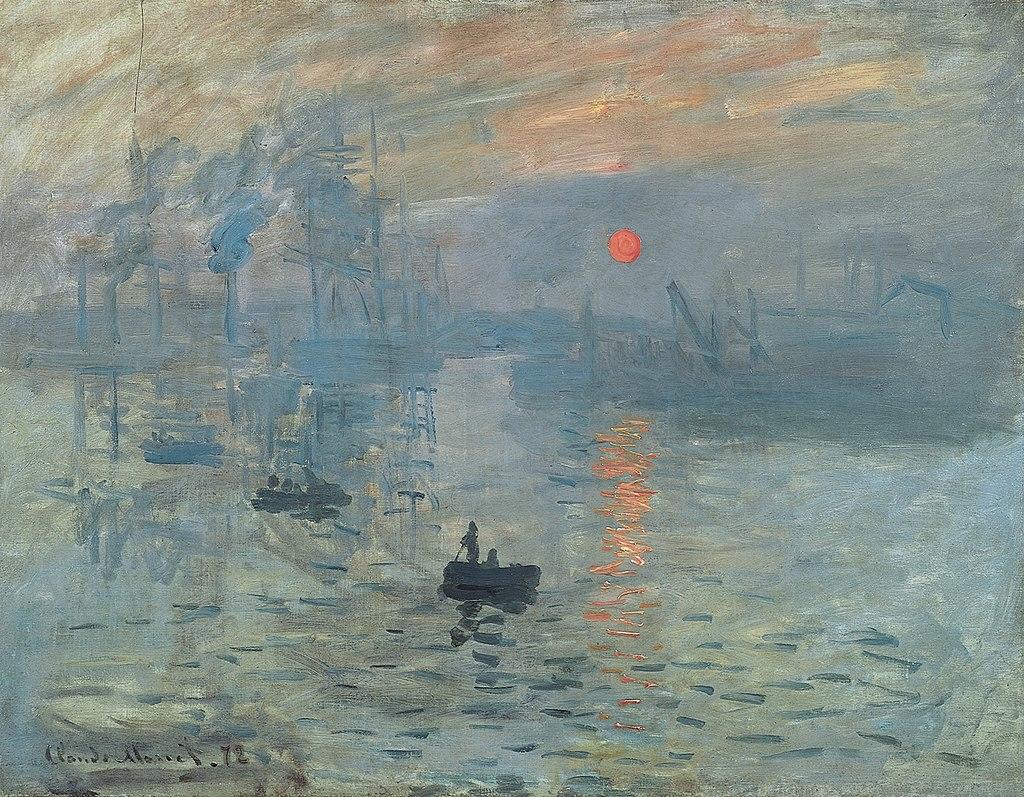
Impressionism was the gateway into a brand new world of painting styles that nobody thought possible before. It allowed other styles like Post-Impressionism, Cubism, Abstraction, and more to evolve. Without Impressionism as a starting point, all the other artists in this article (except da Vinci, since he was long dead when Monet was born) would have had to try to build the path to their respective works from scratch, and likely would not have succeeded.
To put it simply: with this first Impressionist painting, Monet changed the way art could be done forever.

